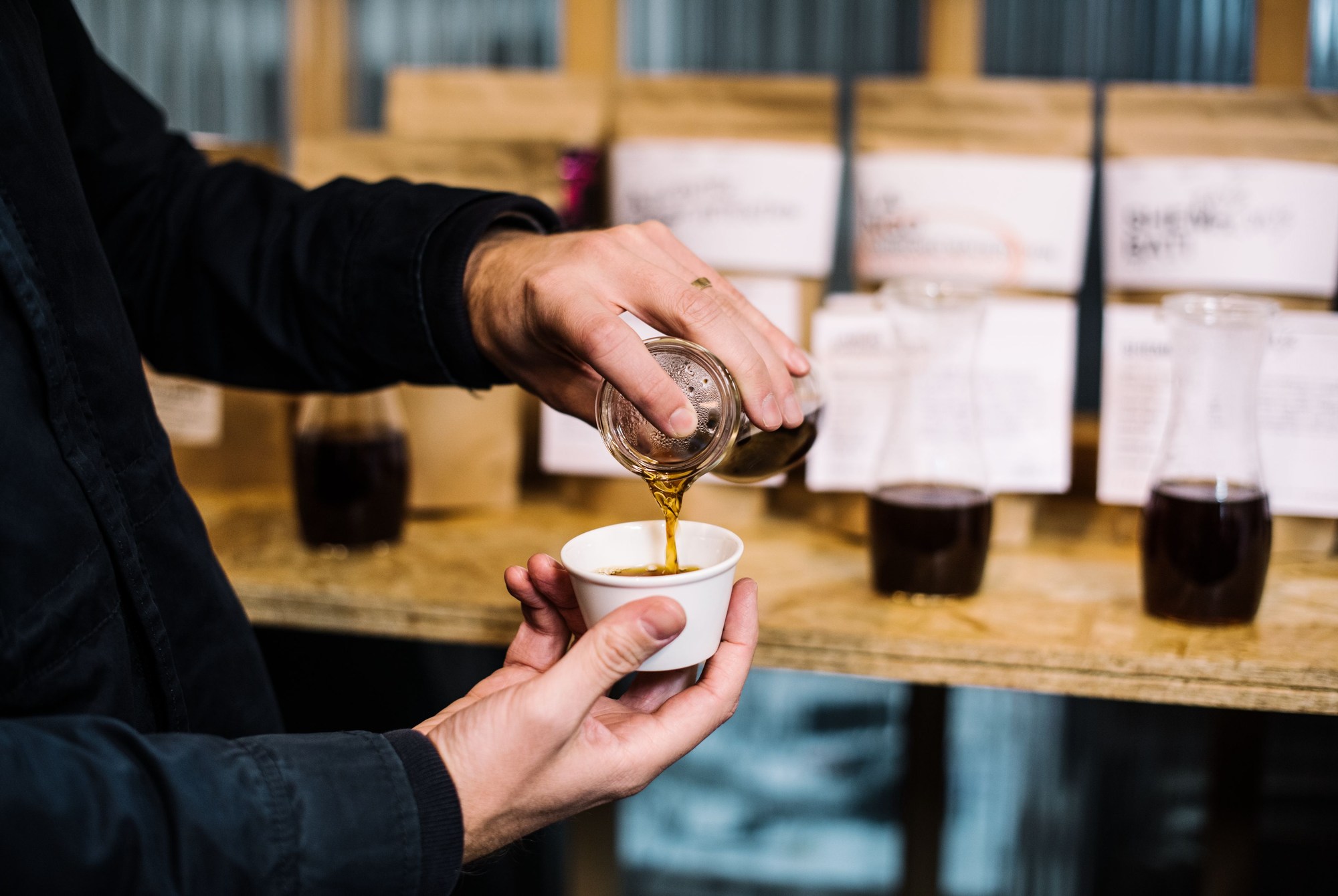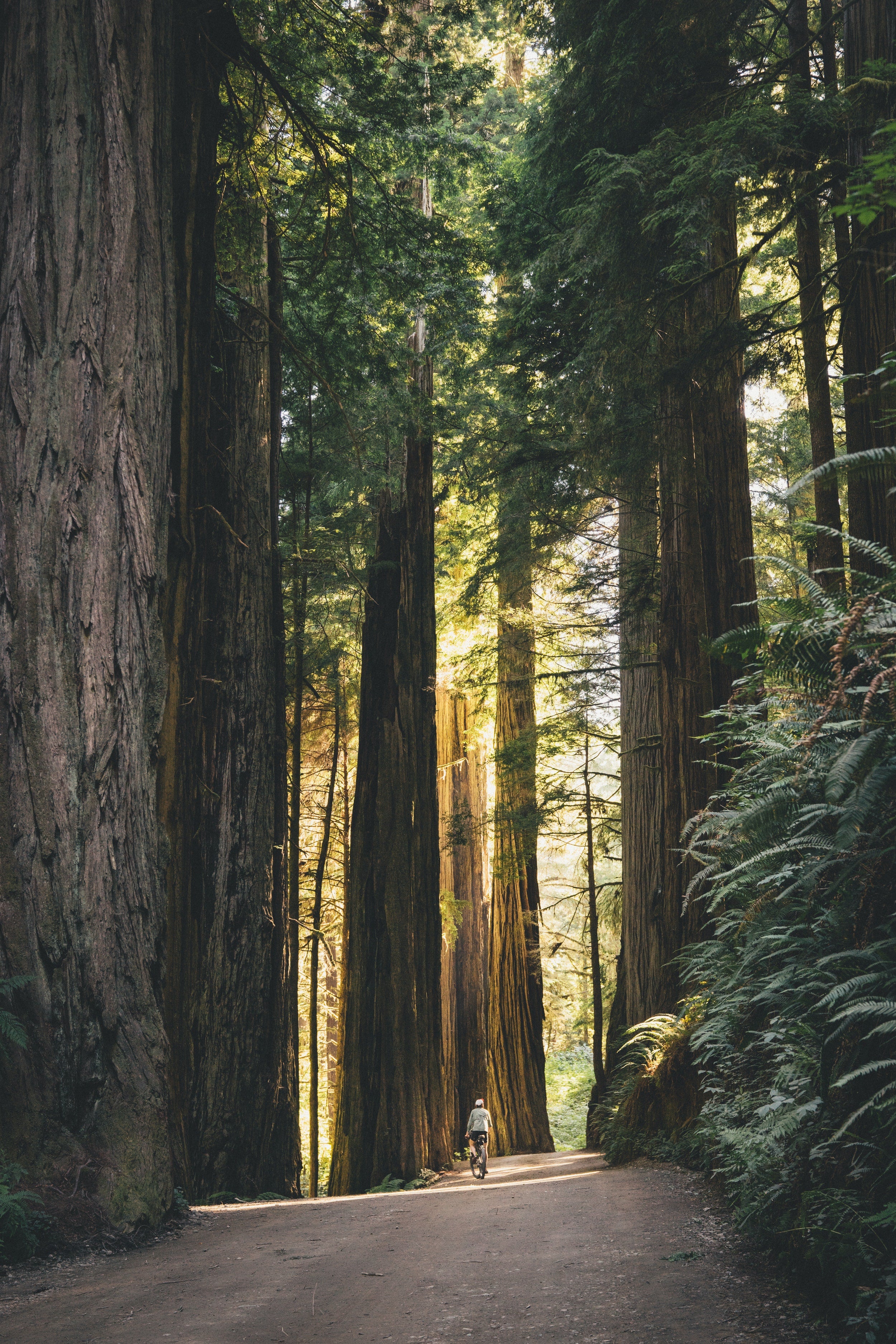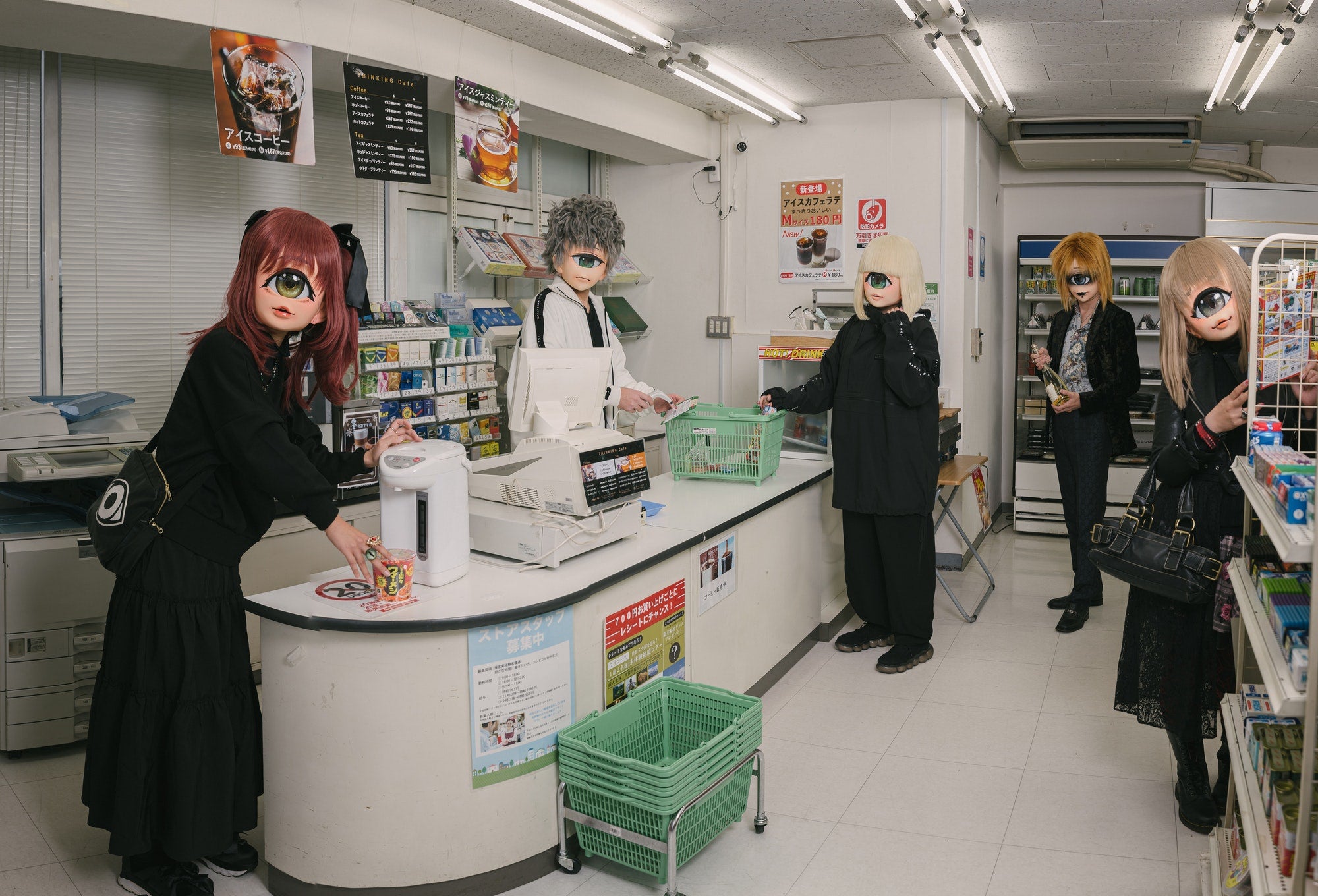
Global Coffee Culture: Tastes From Around The World
The way people consume coffee says a lot about who they are: their history, where they come from, and what influences they have been exposed to.
Coffee can act as a common denominator when learning about cultures or time periods that are not our own—a familiar thread through the unfamiliar. While coffee may look different in Vietnam than it does in Yemen, it has the same unmistakable taste beloved worldwide, a taste which helps bind us together. Here’s a look at some of the different coffee cultures and ceremonies, celebrated around the globe today.
Italy
Italy is the home of the espresso - a small coffee drink that has had a huge worldwide influence. Italy’s centuries-long national romance with coffee has not abated: today, around 150,000 coffee bars make espresso across the country, and surveys suggest that 90 percent of Italian adults have had a coffee in the last 24 hours.
You’ll find coffee culture varies across Italy, too: in Turin, chocolate and coffee perfectly combine in the bicerin, in which hot chocolate, coffee, and whipped cream or milk are layered in a short glass. For the caffé marocchino, invented in another Piedmont town, Alessandria, a layer of cocoa powder is added to the espresso, then topped with another layer of foamed milk.
However, Italian coffee culture goes beyond the beans, the equipment, and the place in which it is consumed. Traditions and culture run deep and vary across the country. In many coffee bars, you’ll need to find the cash register first, pay for your drink, and then you may order from the baristi by waving your paper receipt to catch their attention among the throng of other patrons.

(Photo: Elena Shamis, Spill The Beans)
Ethiopia
Although we don’t know exactly when coffee was discovered, we do know that the two most important Coffea species, arabica and canephora (robusta), originated in the forests of Ethiopia and South Sudan. There are an estimated 6,000 - 15,000 heirloom varieties of coffee in Ethiopia, many growing wild, and have yet to be discovered.
Coffee has been consumed in social settings or gatherings such as peace-making meetings for centuries, and the ritual of coffee consumption is of key importance to relations between ethnic groups and societies. Anthropologist Éloi Ficquet, a contributor to the book Ethiopia: History, Culture and Challenges, writes that Oromo people (who currently represent around one-third of Ethiopia’s population) hold rich oral traditions and symbols that support a coffee culture that spans centuries. Scholars believe that the ancestors of the Oromo people and their neighbouring societies may have been the first to consume coffee as a foodstuff.
Over the past millennium, ancestors of the Oromo people have ground coffee cherries, mixed them with fat, and rolled the mixture into large balls, sometimes surviving only on this sustenance during long journeys.

(Photo: David Post, Spill The Beans)
Brazil
Brazil is the world’s largest coffee producer, and it has held this position for the majority of the last 150 years. By 1850, Brazil was producing more than half the world’s coffee; by the early twentieth century, it produced almost five times as much as the rest of the world combined.
In the mid-1800s, coffee was sometimes prepared with garlic, which was believed to cure drunkenness or illness. Today, the most-popular drink is the cafézinho (Portuguese for small coffee). On coffee plantations, fresh coffee would be finely ground, brewed, and filtered through a cloth to produce a very strong brew, and today it’s often enjoyed with lots of sugar.
The cafézinho is a key part of Brazilian hospitality- you will be welcomed with one wherever you visit, and it will often be offered free or inexpensively at restaurants or gas stations. In the larger cities, trays of coffee will be available in offices, where workers can break up the monotony of the day by coming together for a quick caffeine boost. Coffee is so important that coffee servers will sometimes be credited in Brazilian movies- and the word for breakfast in Brazilian Portuguese is café da manhã, literally, morning coffee.

(Photo: Beatrix Basu, Spill The Beans)
These stories were originally featured in Spill the Beans (written by Lani Kingston), a title which takes the reader on a journey through Italy, Ethiopia, Brazil, and many other countries in between, exploring the myriad ways in which coffee is produced, traded, and enjoyed. Read more about this all-consuming, centuries-spanning romance today.


